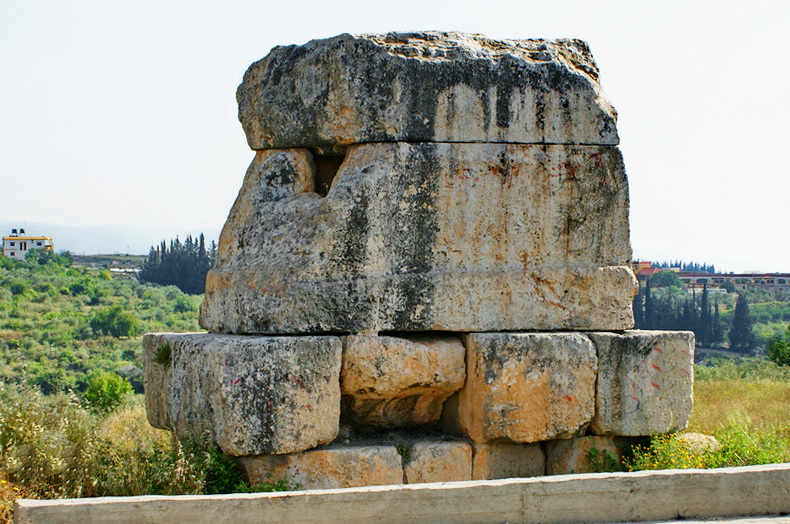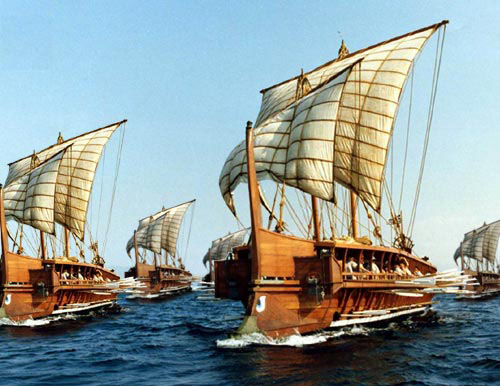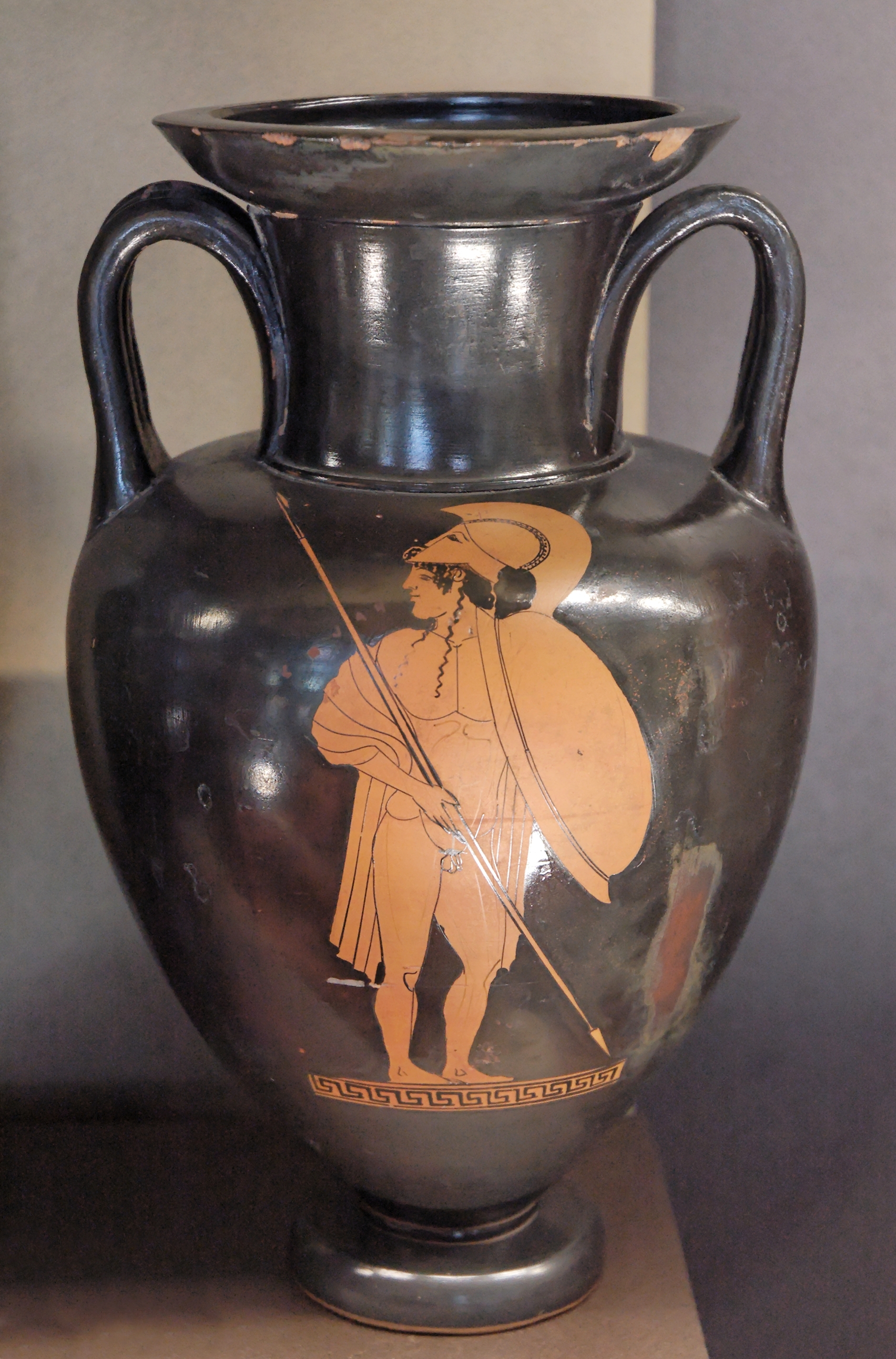|
Greek Talent
The talent was a unit of weight that was introduced in Mesopotamia at the end of the 4th millennium BC, and was normalized at the end of the 3rd millennium during the Akkadian-Sumer phase, divided into 60 minas or 3,600 shekels. In classical antiquity, the talent ( la, talentum, from Ancient Greek: , ''talanton'' "scale, balance, sum") was the heaviest of common weight units for commercial transactions. An Attic weight talent was approximately John William Humphrey, John Peter Oleson, Andrew Neil Sherwood, ''Greek and Roman technology'', p. 487. (approximately the mass of water of an amphora), and a Babylonian talent was .Herodotus, Robin Waterfield and Carolyn Dewald, ''The Histories'' (1998), p. 593. Ancient Israel adopted the Babylonian weight talent, but later revised it.III. Measures of W ... [...More Info...] [...Related Items...] OR: [Wikipedia] [Google] [Baidu] |
Mina (unit)
The mina (also mĕnē, Aramaic; ) is an ancient Near Eastern unit of weight, which was divided into 60 shekels. The mina, like the shekel, was also a unit of currency. History The word mina comes from the ancient Semitic root / 'to count', Akkadian , he, מָנָה (), arc, מָנָה, script=Hebr/ (/), syc, ܡܢܳܐ (), uga, 𐎎𐎐, mn. It is mentioned in the Bible, where Solomon is reported to have made 300 shields, each with 3 "mina" of gold ( he, מָנֶה, mane, links=no), or later after the Edict of Cyrus II of Persia the people are reported to have donated 5000 mina of silver for the reconstruction of Solomon's Temple in Jerusalem. From earliest Sumerian times, a mina was a unit of weight. At first, talents and shekels had not yet been introduced. By the time of Ur-Nammu (shortly before 2000 BCE), the mina had a value of talent as well as 60 shekels. The weight of this mina is calculated at . Writings from Ugarit give the value of a mina as equivalent to fifty ... [...More Info...] [...Related Items...] OR: [Wikipedia] [Google] [Baidu] |
Hiram I
Hiram I ( Phoenician: 𐤇𐤓𐤌 ''Ḥirōm'' "my brother is exalted"; Hebrew: ''Ḥīrām'', Modern Arabic: حيرام, also called ''Hirom'' or ''Huram'') was the Phoenician king of Tyre according to the Hebrew Bible. His regnal years have been calculated by some as 980 to 947 BC, in succession to his father, Abibaal. Hiram was succeeded as king of Tyre by his son Baal-Eser I. Hiram is also mentioned in the writings of Menander of Ephesus (early 2nd century BC), as preserved in Josephus's ''Against Apion'', which adds to the biblical account. According to Josephus, Hiram lived for 53 years and reigned 34. Reign During Hiram's reign, Tyre grew from a satellite of Sidon into the most important of Phoenician cities, and the holder of a large trading empire. He suppressed the rebellion of the first Tyrean colony at Utica, near the later site of Carthage (''Against Apion'' i:18). The Hebrew Bible says that he allied himself with David, king of the United Kingdom of Israel and ... [...More Info...] [...Related Items...] OR: [Wikipedia] [Google] [Baidu] |
Metretes
A metretes was an ancient Greek unit of liquid measurement, equivalent to 39.3 liters. See also *Ancient Greek units of measurement Ancient Greek units of measurement varied according to location and epoch. Systems of ancient weights and measures evolved as needs changed; Solon and other lawgivers also reformed them ''en bloc''. Some units of measurement were found to be conveni ... Obsolete units of measurement Units of volume {{measurement-stub ... [...More Info...] [...Related Items...] OR: [Wikipedia] [Google] [Baidu] |
Aegina
Aegina (; el, Αίγινα, ''Aígina'' ; grc, Αἴγῑνα) is one of the Saronic Islands of Greece in the Saronic Gulf, from Athens. Tradition derives the name from Aegina (mythology), Aegina, the mother of the hero Aeacus, who was born on the island and became its king. Administration Municipality The municipality of Aegina consists of the island of Aegina and a few offshore islets. It is part of the Islands (regional unit), Islands regional unit, Attica (region), Attica region. The municipality is subdivided into the following five communities (population in 2011 in parentheses ): * Kypseli (2124) * Mesagros (1361) * Perdika (823) * Vathy (1495) The regional capital is the town of Aegina, situated at the northwestern end of the island. Due to its proximity to Athens, it is a popular vacation place during the summer months, with quite a few Athenians owning second houses on the island. Province The province of Aegina ( el, Επαρχία Αίγινας) was one of th ... [...More Info...] [...Related Items...] OR: [Wikipedia] [Google] [Baidu] |
Mercenary
A mercenary, sometimes also known as a soldier of fortune or hired gun, is a private individual, particularly a soldier, that joins a military conflict for personal profit, is otherwise an outsider to the conflict, and is not a member of any other official military. Mercenaries fight for money or other forms of payment rather than for political interests. Beginning in the 20th century, mercenaries have increasingly come to be seen as less entitled to protections by rules of war than non-mercenaries. The Geneva Conventions declare that mercenaries are not recognized as legitimate combatants and do not have to be granted the same legal protections as captured service personnel of the armed forces. In practice, whether or not a person is a mercenary may be a matter of degree, as financial and political interests may overlap. Modern mercenary organizations are generally referred to as private military companies or PMCs. Laws of war Protocol Additional GC 1977 (APGC77) is a 1 ... [...More Info...] [...Related Items...] OR: [Wikipedia] [Google] [Baidu] |
Hellenistic Period
In Classical antiquity, the Hellenistic period covers the time in Mediterranean history after Classical Greece, between the death of Alexander the Great in 323 BC and the emergence of the Roman Empire, as signified by the Battle of Actium in 31 BC and the conquest of Ptolemaic Egypt the following year. The Ancient Greek word ''Hellas'' (, ''Hellás'') was gradually recognized as the name for Greece, from which the word ''Hellenistic'' was derived. "Hellenistic" is distinguished from "Hellenic" in that the latter refers to Greece itself, while the former encompasses all ancient territories under Greek influence, in particular the East after the conquests of Alexander the Great. After the Macedonian invasion of the Achaemenid Empire in 330 BC and its disintegration shortly after, the Hellenistic kingdoms were established throughout south-west Asia ( Seleucid Empire, Kingdom of Pergamon), north-east Africa ( Ptolemaic Kingdom) and South Asia ( Greco-Bactrian Kingdom, Indo-Greek ... [...More Info...] [...Related Items...] OR: [Wikipedia] [Google] [Baidu] |
Trireme
A trireme( ; derived from Latin: ''trirēmis'' "with three banks of oars"; cf. Greek ''triērēs'', literally "three-rower") was an ancient vessel and a type of galley that was used by the ancient maritime civilizations of the Mediterranean Sea, especially the Phoenicians, ancient Greeks and Romans. The trireme derives its name from its three rows of oars, manned with one man per oar. The early trireme was a development of the penteconter, an ancient warship with a single row of 25 oars on each side (i.e., a single-banked boat), and of the bireme ( grc, διήρης, ''diērēs''), a warship with two banks of oars, of Phoenician origin. The word dieres does not appear until the Roman period. According to Morrison and Williams, "It must be assumed the term pentekontor covered the two-level type". As a ship, it was fast and agile and was the dominant warship in the Mediterranean from the 7th to the 4th centuries BC, when it was largely superseded by the larger quadriremes and q ... [...More Info...] [...Related Items...] OR: [Wikipedia] [Google] [Baidu] |
Drachmae
The drachma ( el, δραχμή , ; pl. ''drachmae'' or ''drachmas'') was the currency used in Greece during several periods in its history: # An ancient Greek currency unit issued by many Greek city states during a period of ten centuries, from the Archaic period throughout the Classical period, the Hellenistic period up to the Roman period under Greek Imperial Coinage. # Three modern Greek currencies, the first introduced in 1832 by the Greek King Otto () and the last replaced by the euro in 2001 (at the rate of 340.75 drachmae to the euro). The euro did not begin circulating until 2001 but the exchange rate was fixed on 19 June 2000, with legal introduction of the euro taking place in January 2002. It was also a small unit of weight.. Ancient drachma The name ''drachma'' is derived from the verb (, "(I) grasp"). It is believed that the same word with the meaning of "handful" or "handle" is found in Linear B tablets of the Mycenean Pylos. Initially a drachma was a f ... [...More Info...] [...Related Items...] OR: [Wikipedia] [Google] [Baidu] |
Bronze Age
The Bronze Age is a historic period, lasting approximately from 3300 BC to 1200 BC, characterized by the use of bronze, the presence of writing in some areas, and other early features of urban civilization. The Bronze Age is the second principal period of the three-age system proposed in 1836 by Christian Jürgensen Thomsen for classifying and studying ancient societies and history. An ancient civilization is deemed to be part of the Bronze Age because it either produced bronze by smelting its own copper and alloying it with tin, arsenic, or other metals, or traded other items for bronze from production areas elsewhere. Bronze is harder and more durable than the other metals available at the time, allowing Bronze Age civilizations to gain a technological advantage. While terrestrial iron is naturally abundant, the higher temperature required for smelting, , in addition to the greater difficulty of working with the metal, placed it out of reach of common use until the end o ... [...More Info...] [...Related Items...] OR: [Wikipedia] [Google] [Baidu] |
Antilochus
In Greek mythology, Antilochus (; Ancient Greek: Ἀντίλοχος ''Antílokhos'') was a prince of Pylos and one of the Achaeans in the Trojan War. Family Antilochus was the son of King Nestor either by Anaxibia or Eurydice. He was the brother to Thrasymedes, Pisidice, Polycaste, Perseus, Stratichus, Aretus, Echephron and Pisistratus. Mythology One of the suitors of Helen, Antilochus accompanied his father and his brother Thrasymedes to the Trojan War. He was distinguished for his beauty, swiftness of foot, and skill as a charioteer. Though the youngest among the Greek princes, he commanded the Pylians in the war and performed many deeds of valour. He was a favorite of the gods and a friend of Achilles, to whom he was commissioned to announce the death of Patroclus. When his father Nestor was attacked by Memnon, Antilochus sacrificed himself to save him, thus fulfilling an oracle which had warned to "beware of an Ethiopian." Antilochus' death was avenged by Achilles, wh ... [...More Info...] [...Related Items...] OR: [Wikipedia] [Google] [Baidu] |
Homer
Homer (; grc, Ὅμηρος , ''Hómēros'') (born ) was a Greek poet who is credited as the author of the ''Iliad'' and the ''Odyssey'', two epic poems that are foundational works of ancient Greek literature. Homer is considered one of the most revered and influential authors in history. Homer's ''Iliad'' centers on a quarrel between King Agamemnon and the warrior Achilles during the last year of the Trojan War. The ''Odyssey'' chronicles the ten-year journey of Odysseus, king of Ithaca, back to his home after the fall of Troy. The poems are in Homeric Greek, also known as Epic Greek, a literary language which shows a mixture of features of the Ionic and Aeolic dialects from different centuries; the predominant influence is Eastern Ionic. Most researchers believe that the poems were originally transmitted orally. Homer's epic poems shaped aspects of ancient Greek culture and education, fostering ideals of heroism, glory, and honor. To Plato, Homer was simply the one who ... [...More Info...] [...Related Items...] OR: [Wikipedia] [Google] [Baidu] |
Mycenaean Greece
Mycenaean Greece (or the Mycenaean civilization) was the last phase of the Bronze Age The Bronze Age is a historic period, lasting approximately from 3300 BC to 1200 BC, characterized by the use of bronze, the presence of writing in some areas, and other early features of urban civilization. The Bronze Age is the second pri ... in Ancient Greece, spanning the period from approximately 1750 to 1050 BC.. It represents the first advanced and distinctively Greek civilization in mainland Greece with its palatial states, urban organization, works of art, and writing system.Lazaridis, Iosif et al.Genetic origins of the Minoans and Mycenaeans. ''Nature'', 2017Supplementary Information "The Mycenaeans", pp. 2–3).. The Mycenaeans were mainland Greeks, Greek peoples who were likely stimulated by their contact with insular Minoan civilization, Minoan Crete and other Mediterranean Sea, Mediterranean cultures to develop a more sophisticated sociopolitical culture of their own. The ... [...More Info...] [...Related Items...] OR: [Wikipedia] [Google] [Baidu] |







_-_Homer_and_his_Guide_(1874).jpg)
.jpg)